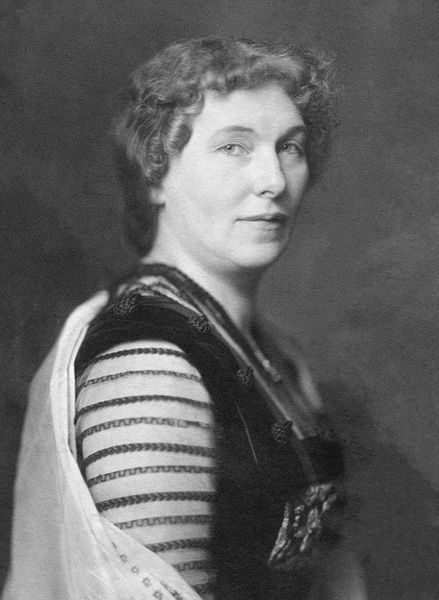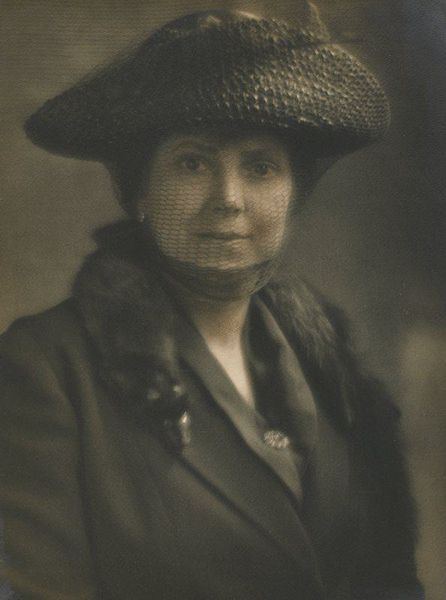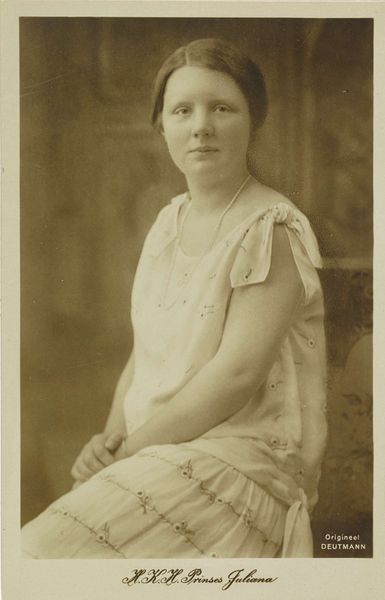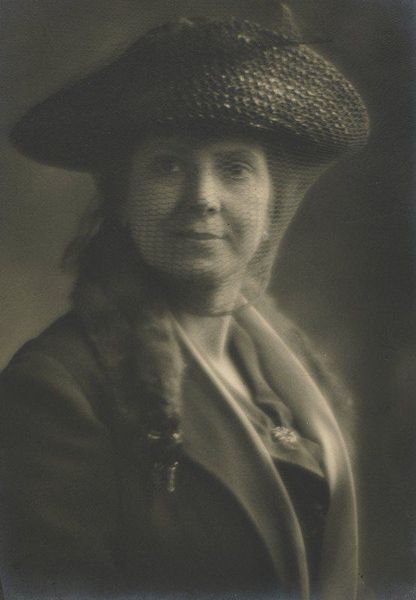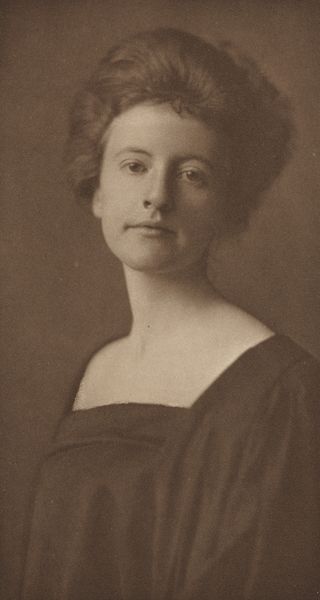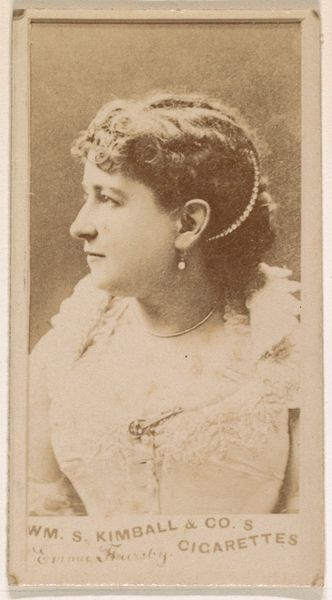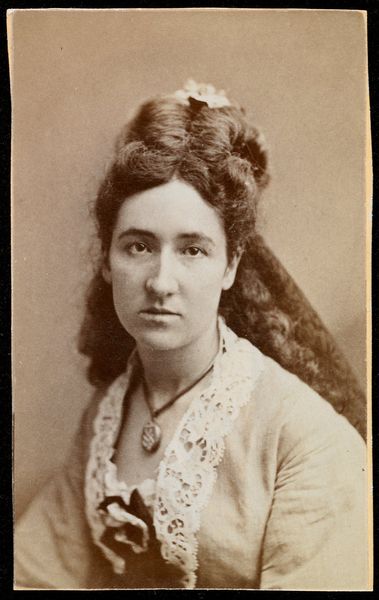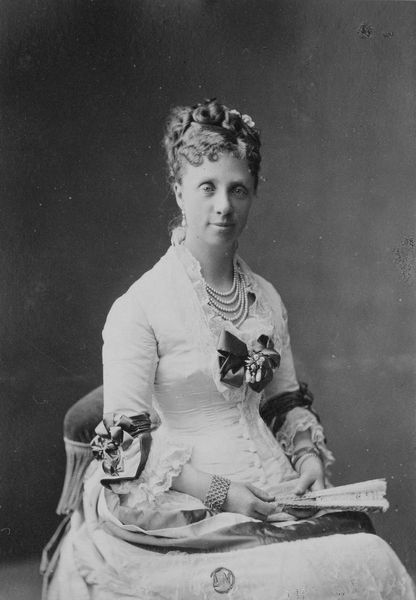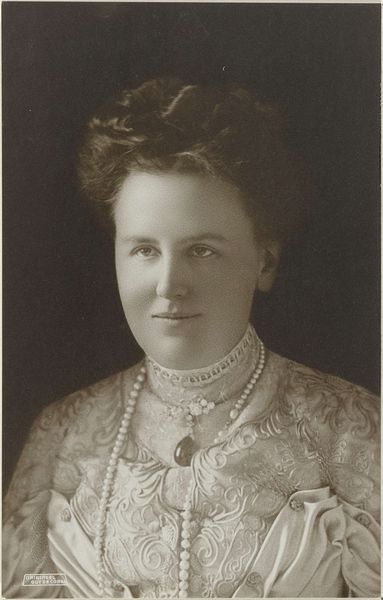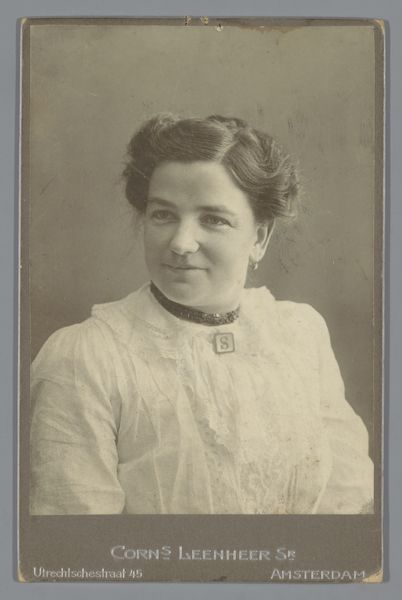
photography
#
portrait
#
still-life-photography
#
black and white photography
#
portrait image
#
pictorialism
#
portrait
#
photography
#
portrait reference
#
black and white
Copyright: Public domain
Curator: Nicola Perscheid's 1906 photograph, simply titled "Clara Viebig," offers us a glimpse into the world of German literary society. The portrait adheres to the aesthetics of pictorialism. Editor: It strikes me immediately as serene and poised. The soft focus gives her an almost ethereal quality, and the monochrome palette further accentuates the delicate details of her attire, which stands out as highly decorative for such dark conditions. Curator: Perscheid was indeed a master of pictorialist techniques, which aimed to elevate photography to the status of art through manipulation of the image during development. This particular portrait of Viebig, a notable novelist, is interesting when contextualized with her literary themes often involving marginalized communities. Does this portrait offer an access point, a point of dialogue to analyze how successful women were being presented in this era? Editor: It absolutely does. Consider how controlled and constructed this image must have been. Every element, from her hairstyle to the lace on her garment, conveys respectability and refinement, an ideal we can understand as inherently linked to a bourgeois audience that validated artists’ social standing and patronage through newspapers and magazines. Perscheid was known to seek high society patrons, in turn supporting female empowerment, giving his sitter agency. Curator: Yet it’s also intriguing to consider the photograph as an intimate glimpse into Viebig's personal life versus how she represented female voices and social struggles through fiction. Did the photograph aim to reinforce societal roles while perhaps undermining the true realities for working-class women that she so poignantly presented through written text? Editor: That’s a crucial question. Her literary focus and this composed image could represent both the burdens and opportunities afforded to women within these intricate socio-economic hierarchies of the time. The portrait arguably embodies that dichotomy; a subtle reflection of the compromises needed to navigate the public and private spheres. Curator: Ultimately, what’s captured here is an artifact with far reaching possibilities for examining women, representation, and class structures at the beginning of the twentieth century. Editor: It gives food for thought and definitely invites revisiting other artists within this community. The history around this moment opens the door for countless new conversations and analysis of gender.
Comments
No comments
Be the first to comment and join the conversation on the ultimate creative platform.
